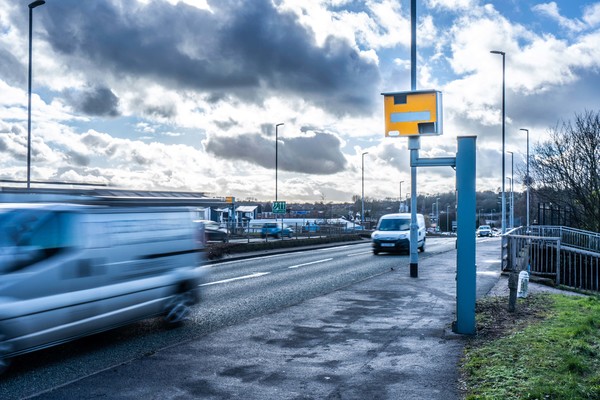WHILE the electric versus petrol car debate has raged for some time now, one area of the argument that has never been in doubt is that of running costs. Once you get past the upfront price of the car, the short and long-term costs attached to electric vehicle (EV) ownership are substantially lower than those of traditional combustion engine counterparts.
The biggest of those overheads is of course fuel, but domestic electricity tariffs have seen substantial changeS for the worse over the last few months. For EV owners that means charging costs are on the up, but how badly will that affect overall ownership? Let’s not forget that the price of both petrol and diesel have seen significant increases over the past months too.
At the time of writing fuel prices were dropping with the average around 1.50 for petrol, and 1.70 for diesel, but everyone is paying notably more, regardless of the type of technology that powers your car. So how much does it cost to charge an electric car? Typical charging costs for an annual mileage of 10,000 miles can be as little as £925 a year depending on the size of the EV you own and the charger you use. However, with global uncertainty, charging costs could rise.
Based on the same mileage and today’s prices, it costs around £1,700 a year to fuel a diesel- or petrol-powered car. Some energy suppliers offer specialist packages for EV owners, the general theme around of them is to offer cheaper charging rates at off-peak times. For example, charging your car through the night. However, many providers have either dropped these schemes completely or now charge more for them. No matter whether you’re driving electric, hybrid, petrol, or diesel, we’re all going to have to stomach some steeper fuel costs, but when compared to running a combustion vehicle, the associated costs of operating an EV remain lower.
To complicate things, however, in the latest budget statement, the UK Government has said, as previously suggested in this column, that previously road tax-exempt EVs, will have to pay road tax from April 2025. Watch this space for more updates on the debate.
LORRY PLAN DEMANDS ACTION
IF you are a recently qualified teenage driver, you might think that plans being considered to allow novice drivers to automatically drive lorries is a great idea, but is it great for road safety.
The proposed plans have been condemned by the leading independent road safety charity, IAM RoadSmart. The suggestion is that drivers who possess a category B car licence should be instantly entitled to a category C1 licence which allows motorists to drive vehicles weighing up to 7.5 tonnes. This would mean that a driver as young as 18 who has just passed their practical driving test could be allowed to drive large trucks without any further training.
The controversial new plans come as policymakers try to lighten the load for examiners and get more lorry drivers out on the roads amid ongoing supply chain issues. According to the latest Office for National Statistics Labour Force Survey, the large goods vehicle (LGV) driver shortage remains chronic, with the number of LGV drivers in employment estimated to have fallen by 30,300 in the first quarter of 2022. This represents an 11 per cent decrease from the number of LGV drivers who were employed in June 2021.
IAM RoadSmart has warned strongly against the proposal, asserting that lorries pose a larger risk to other road users if proper training is not provided. The Parliamentary Advisory Council for Transport Safety (PACTS) has revealed that LGVs posed nine times more of a risk of death to other road users, compared to cars. And yet, this proposal would allow a potentially high-risk 18-year-old to legally drive a lorry without the necessary training, guidance or experience required to do so safely. The charity believes these plans present a totally unacceptable risk to the safety of all road users and could lead to chaos up and down the road network.
To combat the truck driver shortage, surely the solution is to expand driver testing capacity, make the industry more attractive to a more diverse workforce and improve the working conditions and infrastructure for drivers. This way, we can ensure that truckers continue to deliver vital goods without compromising the safety of other road users.







